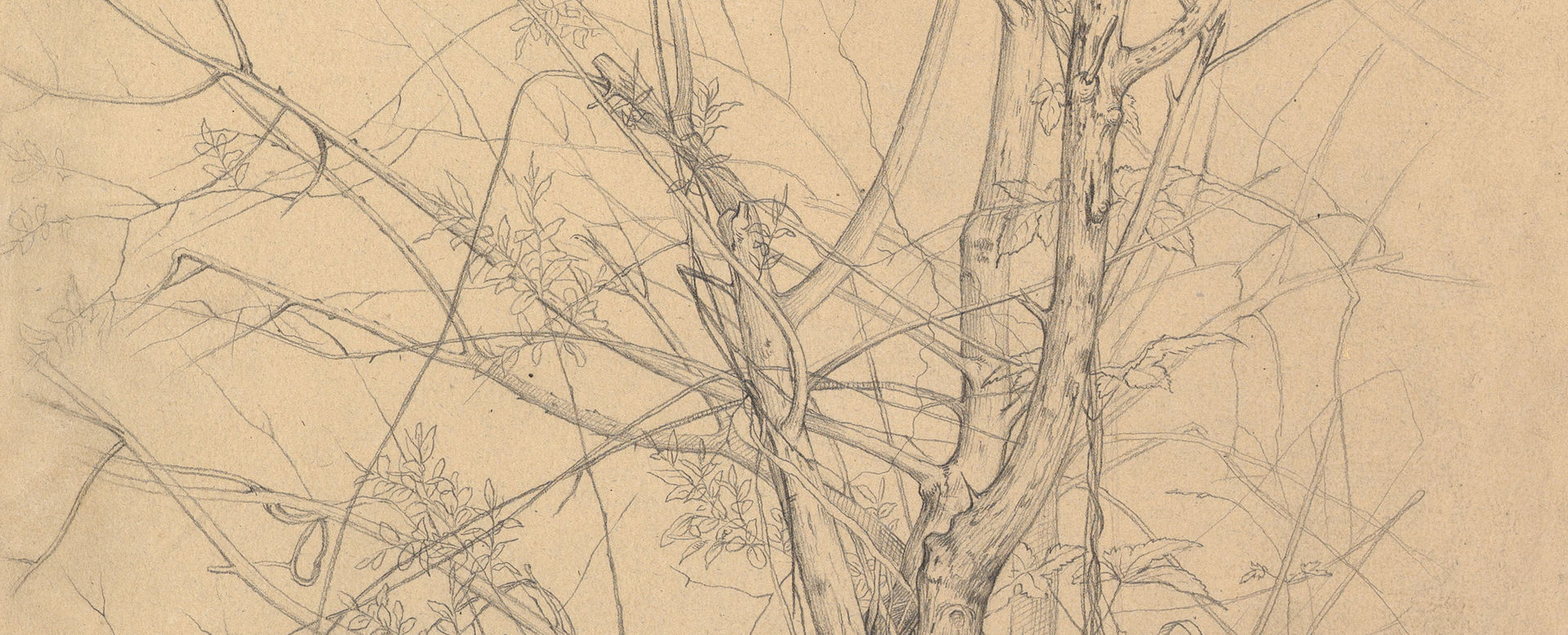Costume Design for the Ballet 'Thamar', premiered at the Théâtre du Châtelet in Paris, 1912
Léon Bakst Russian
Not on view
Drawing with a costume design for Fokine's ballet Thamar,' by Léon Bakst. This ballet was premiered at the Théâtre du Châtelet in Paris in 1912. Trying to restage the exotic success of 'Schéhérazade', Serge Siaghilev chose to present this ballet in the third season of the Ballets Russes, although without success. Despite finding the ballet rather insipid, the public was pleased with Bakst's conical setting for the stage design, piled with colorful cushions, and the ravishing costumes in the Georgian manner: great black cloaks against the sheer, high walls, which contrasted with the reds and blues present in the crowd scenes. The inspiration on orientalist styles, as well as the sensuality with which he managed to highlight the dancers' bodies, are characteristic of Bakst's design style, also demonstrating his involvement with Symbolism and Art Nouveau.
This drawing presents a costume design made up of a long-sleeved, orange shirt, a red vest with long, open sleeves, decorated with geometric patterns executed with black and white, and long, red, square-toed boots. The hair is short and loose, topped by a long, pointed, black hat with no brin. He holds a knife on one hand, extended towards the upper right edge of the sheet. His other hand is open to the left, and his hips tilted towards the right, suggesting the motion of his dance.
Due to rights restrictions, this image cannot be enlarged, viewed at full screen, or downloaded.




